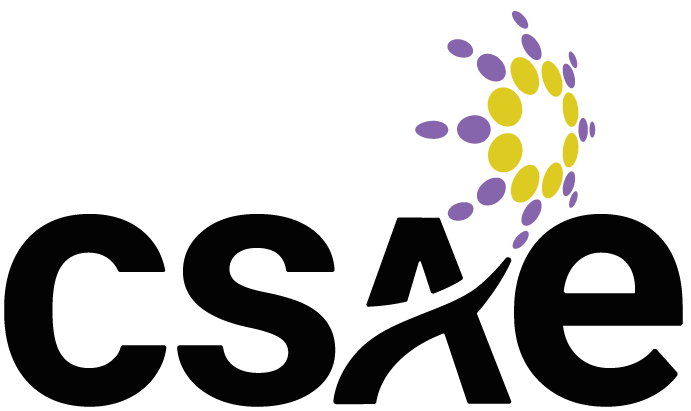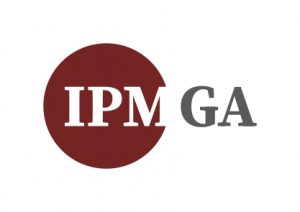Building an Employee Well-Being Strategy for Your Association

Feeling overwhelmed at work and at home is all too common these days. Many may believe that just “being” is as “well” as our brains and bodies will allow us to be. Work-life balance has never meant more to employees and their families than it does today. CSAE recognizes that support comes in many forms. Fortunately, our group benefits program includes an easily accessible and robust array of services that can help employees achieve their short- and long-term well-being goals.
What Is an Employee Well-Being Strategy?
Your employees are looking for support. When considering a job change, 60 per cent of respondents to a recent global survey said having a team that cares about their well-being was a key driver.1 According to another survey, 40 per cent of employees admitted they would leave their current job if there was a lack of such support.2
The focus on wellness in the workplace is evolving. A well-being strategy is no longer a “nice-to-have” if you want to attract new talent and retain existing talent.
An employee well-being strategy considers how the workplace can impact and support the “total health” of their employees. This includes physical, mental and financial, both at work and outside of it. Many organizations offer wellness programs to support the different facets of health, such as extended health benefits, employee and family assistance programs (EFAP), disability and financial savings or pension programs.
Going Beyond Wellness-Focused Programs
However, a well-being strategy is more than having wellness-focused programs. It is about:
- understanding the health risks within your organization
- having the right programs and tools available to address these health risks and
- making sure employees have the knowledge and tools to be proactive and manage their own health and well-being.
Promoting your EFAP, offering wellness education sessions or implementing wellness initiatives may help meet the objectives of your strategy. But these actions in and of themselves are not equivalent to making well-being a business priority. Employees want to feel supported and empowered by their workplaces. They want a culture that values their well-being and a workplace where they have permission to prioritize their health and take care of themselves in every way.
Regardless of how big or small your organization is, an employee well-being strategy will help you to:
- Make evidence-based decisions by using the health data available to you
- Provide consistent focus to get everyone on the same page and speaking the same language
- Involve your employees in the decision-making process
Supporting Individual and Organizational Health
A well-being strategy involves a two-pronged approach. To support the individual health needs of their employees, employers need to provide resources, tools, training and campaigns and support identified health risks of their employee population. At the same time, their workplace mus have foundational elements in place that foster a culture of health and well-being. This can include effective policies, governance and processes, and a committed leadership. Without organizational health, an employer cannot effectively support individual health.
As we emerge from the last few years and into post-pandemic recovery, we expect to see:
- Growing disability costs for mental health
- Increasing addictions
- More employee burnout
- A workplace culture that includes virtual components
- A desire to find meaning and purpose in one’s work or a sense of belonging with the workplace
- A shift in life priorities
Workplace well-being needs to be recognized and addressed as a business issue. Organizations need to be thoughtful and intentional. Developing a well-being strategy helps to build a program that is both meaningful to employees and supports the business needs of the organization.
CSAE Group Benefits Program offers virtual Mental Health Support
As members of CSAE’s group benefits program, employees have access to mental health resources, such as an employee assistance program (EAP) through LifeWorks. This EAP service provides members with on-demand access to counselling services from Masters-trained professionals—when and where they need it. In addition to counselling, this confidential service provides employees with resources concerning relationships, finance, retirement and more.
In addition, LifeWorks has established a microsite containing articles and resources on mental health.
Additionally, through Maple Virtual Health, plan members can instantly connect with Canadian-licensed doctors for medical care from a phone, tablet or computer at any time, 24/7, or by appointment.
To get more information on the CSAE benefit programs, please visit: https://www.hubinternational.com/en-CA/programs-associations/csae/.
1 PWC, “What 52,000 people think about work today: PwC’s Global Workforce Hopes and Fears Survey 2022,” May 24, 2022.
2 Benefits Canada, “Employees seeking enhanced well-being resources, employer recognition: survey,” May 18, 2022






















